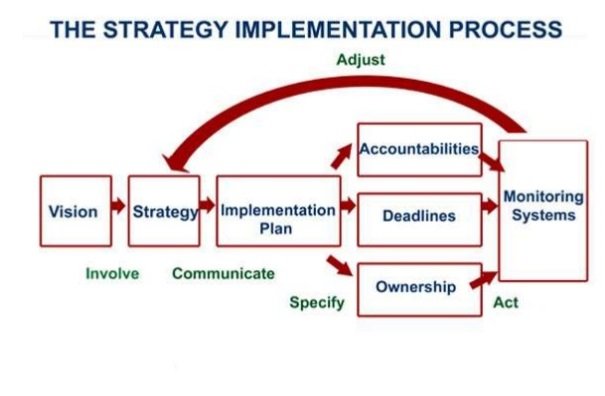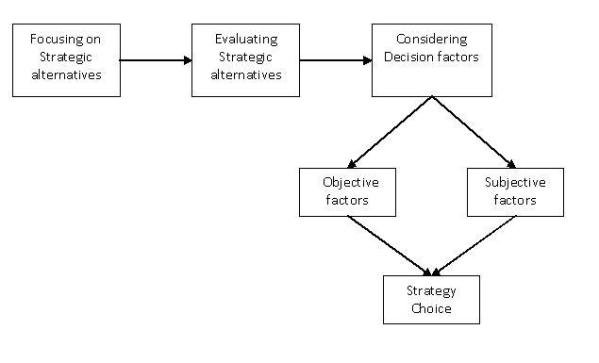Business Ethics, Nature, Scope
Nature of Business Ethics:
-
Normative in Nature
Business ethics is primarily normative, meaning it prescribes how businesses ought to behave. It deals with moral standards and principles that guide the conduct of individuals and organizations in business situations. Rather than just describing behavior, it sets benchmarks for what is right or wrong, fair or unfair. These norms influence decisions related to honesty, justice, transparency, and accountability. The normative nature of business ethics helps in shaping corporate policies, codes of conduct, and ethical frameworks that promote responsible and sustainable business practices, ensuring companies act not just legally, but morally as well.
-
Dynamic and Evolving
Business ethics is not a static concept—it evolves over time in response to changing societal values, economic developments, legal systems, and global challenges. Ethical expectations today are much broader than in the past, as businesses are now held accountable not just for profit, but also for social and environmental impacts. For example, issues such as climate change, diversity, and digital privacy have become significant ethical concerns in recent years. This dynamic nature of business ethics demands that companies regularly review and update their ethical practices and policies to remain relevant and aligned with stakeholder expectations.
-
Universal Applicability
The principles of business ethics apply universally, regardless of the size, nature, or location of the business. Whether it’s a multinational corporation or a local enterprise, ethical behavior is expected across all sectors and industries. Values like honesty, integrity, and respect are considered fundamental and relevant globally, despite cultural and regional variations. Although local customs may differ, core ethical standards help ensure fairness and accountability in all business environments. Universal applicability promotes consistency and trust, especially in global operations where multiple cultures and legal systems intersect, encouraging ethical globalization and responsible corporate citizenship.
-
Based on Moral Values
At its core, business ethics is grounded in fundamental moral values such as fairness, justice, responsibility, compassion, and integrity. These values serve as the foundation for ethical behavior and guide individuals and organizations in making morally sound decisions. Ethical business practices are not just about complying with rules but also about doing what is right, even when there’s no external pressure or legal obligation. When businesses uphold moral values, they foster trust and loyalty among stakeholders, contribute to the greater good of society, and enhance their long-term sustainability and reputation in the marketplace.
-
Balances Profit with Responsibility
One of the key aspects of the nature of business ethics is the balance between profit-making and ethical responsibility. While businesses are driven by the objective of maximizing profits, business ethics ensures that this goal is pursued without harming people, society, or the environment. Ethical companies do not exploit workers, deceive customers, or pollute ecosystems for financial gain. Instead, they adopt fair trade, responsible sourcing, and sustainable practices that reflect their commitment to doing well by doing good. This balance strengthens stakeholder relationships and supports long-term success over short-term profiteering.
-
Influences Business Decision-Making
Business ethics plays a crucial role in shaping decisions at all levels—from top executives to frontline employees. Ethical considerations influence decisions related to marketing, finance, human resources, operations, and corporate governance. For example, ethical decision-making might involve choosing suppliers who follow fair labor practices, avoiding misleading advertising, or ensuring data privacy for customers. A strong ethical framework encourages managers and employees to act responsibly and promotes a culture of integrity within the organization. It also reduces the risk of scandals, legal issues, and reputational damage.
-
Enhances Corporate Image and Trust
Ethical conduct enhances a company’s reputation and helps build long-term trust with customers, investors, employees, and the community. When businesses operate transparently and consistently uphold ethical standards, they gain a positive public image that differentiates them from unethical competitors. In the age of social media and digital communication, unethical behavior is quickly exposed, making ethics a critical factor in maintaining brand loyalty and stakeholder confidence. A good ethical record also attracts talent, investors, and partners, contributing to sustainable growth and profitability.
Scope of Business Ethics:
-
Ethical Issues in Corporate Governance
Business ethics plays a crucial role in ensuring transparency, accountability, and fairness in corporate governance. Ethical governance involves responsible decision-making by the board of directors, adherence to regulatory norms, fair treatment of shareholders, and prevention of fraud and corruption. It ensures that company leaders act in the best interests of stakeholders rather than for personal gain.
-
Ethics in Human Resource Management (HRM)
HRM deals with ethical concerns like equal opportunity, diversity and inclusion, fair wages, employee rights, workplace safety, and non-discrimination. Ethical HR practices foster trust, motivation, and productivity among employees. Issues like harassment, bias in recruitment, and unethical layoffs also fall under this scope.
- Ethics in Marketing
Business ethics applies to truthful advertising, fair pricing, product safety, and responsible communication. Misleading advertisements, manipulative promotions, or false labeling are unethical practices. Ethical marketing respects consumer rights and promotes transparency and fairness in product promotion and delivery.
-
Ethics in Finance and Accounting
Financial integrity is vital for stakeholder trust. Ethical issues in this area include accurate financial reporting, transparency in financial statements, insider trading, and avoidance of fraud or embezzlement. Ethical financial practices ensure investor confidence and compliance with legal standards like GAAP or IFRS.
-
Ethics in Production and Operations
This includes ensuring product quality, worker safety, ethical sourcing of materials, and environmental responsibility. Businesses are expected to produce goods safely and sustainably, without harming workers, customers, or the environment. Issues such as child labor or unsafe manufacturing processes are key concerns.
-
Environmental Ethics
Companies have a responsibility to reduce environmental harm through sustainable practices. Ethical concerns include pollution control, resource conservation, waste management, and carbon footprint reduction. Businesses are expected to align with global standards like ESG (Environmental, Social, and Governance) goals.
-
Ethics in International Business
Multinational corporations face challenges due to varying ethical standards across countries. Business ethics in this area involves respecting local cultures, avoiding bribery or exploitation, ensuring fair labor practices, and complying with international trade regulations.
-
Ethics in Information Technology and Data Privacy
With the rise of digital business, ethics now includes data protection, cybersecurity, and consumer privacy. Companies must handle data responsibly, seek proper consent, and ensure information is not misused or leaked.
-
Consumer Protection
Ethical business practices require honesty in customer dealings, product disclosures, quality assurance, and complaint resolution. Protecting consumer rights builds long-term loyalty and a positive brand image.
-
Corporate Social Responsibility (CSR)
CSR represents a business’s ethical obligation to contribute to societal development beyond profit-making. It includes activities like education support, community welfare, healthcare, and disaster relief. Ethics in CSR emphasizes genuine commitment, not just publicity.

